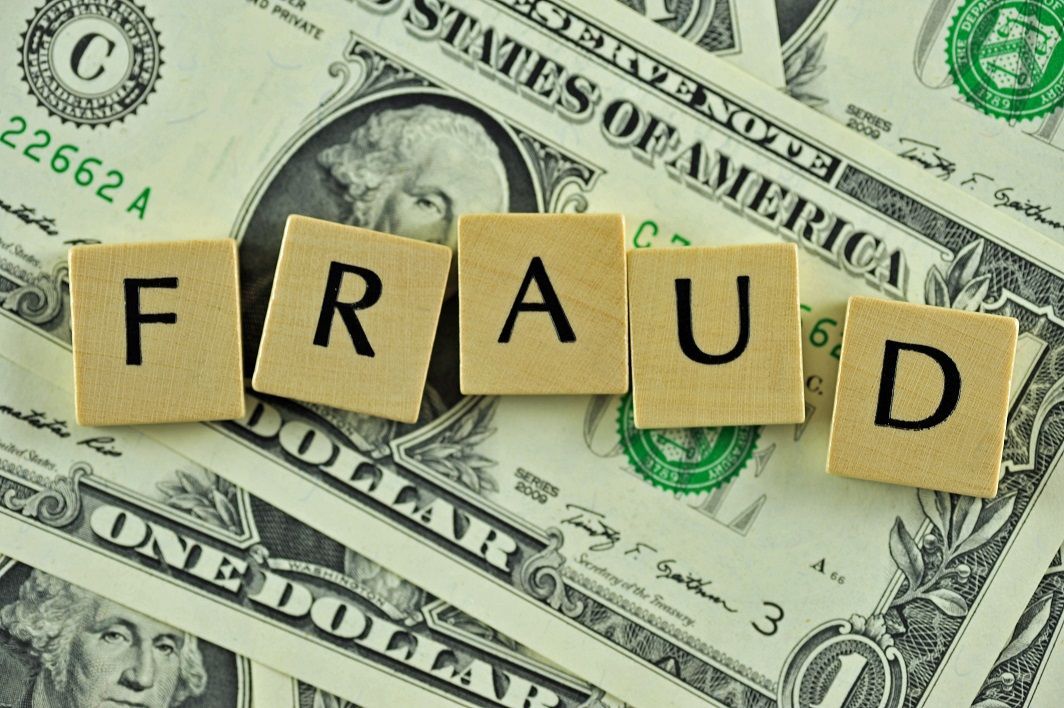Financial crimes encompass a broad spectrum of illegal activities involving the illicit gain of assets, manipulation of systems, and fraudulent activities that undermine economic stability. In an increasingly interconnected world, both individuals and organizations are at heightened risk of exposure to various types of financial crimes. Understanding these key types of financial crimes and how to identify them is essential in mitigating risks and safeguarding the integrity of financial systems.
1. Money Laundering
Money laundering involves disguising the origins of illegally obtained money through a complex series of transactions. Often linked to activities such as drug trafficking, terrorism, and tax evasion, the aim is to make illicit funds appear legitimate.
How to Identify Money Laundering:
- Suspiciously large transactions misaligned with the customer’s profile.
- Frequent cash deposits or withdrawals in high-risk sectors.
- Transactions involving offshore accounts or countries with lax financial regulations.
Example: In 2024, a global crackdown uncovered billions of illicit funds moved through shell companies and offshore accounts (Financial Times).

2. Fraud
Fraud includes a wide range of illegal acts committed with intent to deceive for financial gain, including credit card fraud, identity theft, and securities fraud.
How to Identify Fraud:
- Inconsistent or suspicious financial documentation.
- Sudden spikes in transaction volume without explanation.
- Customer complaints of unauthorized transactions.
Example: In 2023, hackers committed large-scale identity fraud across multiple financial institutions (The New York Times).

3. Insider Trading
Insider trading occurs when individuals with access to confidential information about a company trade stock based on that information, giving them an unfair advantage.
How to Identify Insider Trading:
- Unusual stock price movements before major announcements.
- Trading by employees or executives ahead of financial disclosures.
- Sudden spikes in stock trading volume in thinly traded stocks.
Example: A tech executive was convicted of insider trading after making trades based on upcoming merger information in 2022 (CNBC).

4. Bribery and Corruption
Bribery and corruption involve offering or receiving something of value to influence the actions of an individual or organization, often seen in sectors like construction and government.
How to Identify Bribery and Corruption:
- Unexplained wealth or lavish lifestyles.
- Unusual treatment for certain vendors.
- Irregular procurement or bidding processes.
Example: A 2023 bribery scandal led to the arrest of several South American officials for awarding contracts in exchange for bribes (BBC).

5. Tax Evasion
Tax evasion involves illegally avoiding taxes by underreporting income or falsifying financial records, directly impacting government revenues.
How to Identify Tax Evasion:
- Discrepancies between declared income and observed lifestyle.
- Complex offshore tax arrangements to obscure financial flows.
- Unreported income or failure to file tax returns.
Example: In 2024, authorities uncovered a tax evasion network using shell companies to hide billions (The Guardian).

6. Terrorist Financing
Terrorist financing involves raising funds to support terrorist activities, often through illicit means such as money laundering, or legitimate fronts like charities.
How to Identify Terrorist Financing:
- Transactions linked to terrorism-related regions.
- Opaque operations of charitable organizations.
- Consistent small transfers to suspicious accounts.











